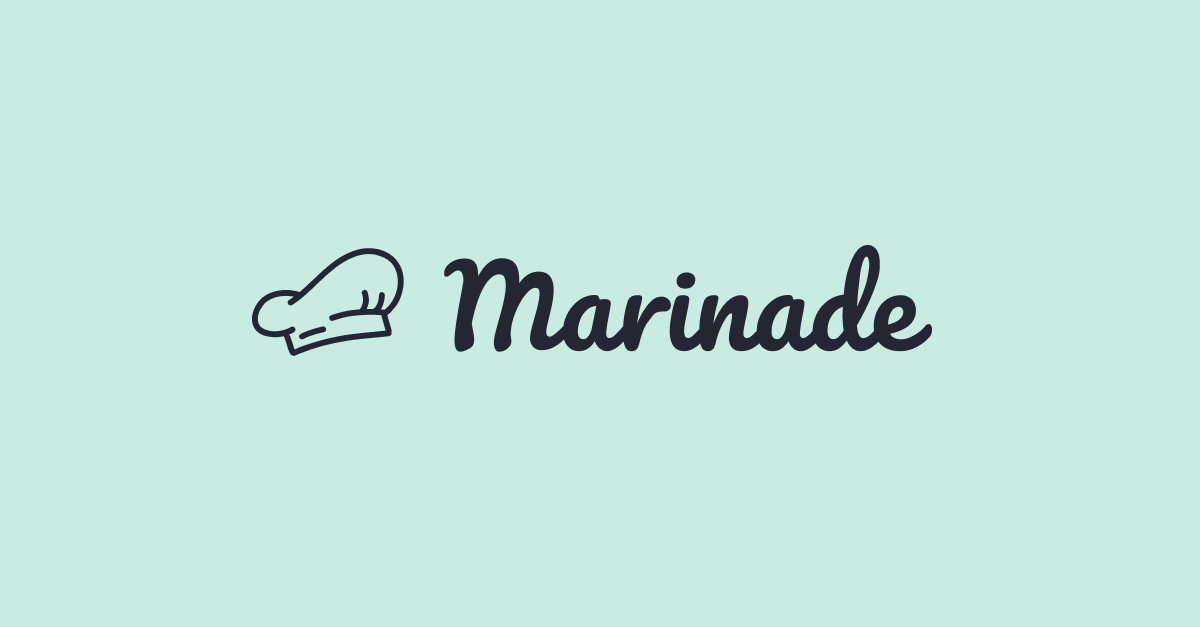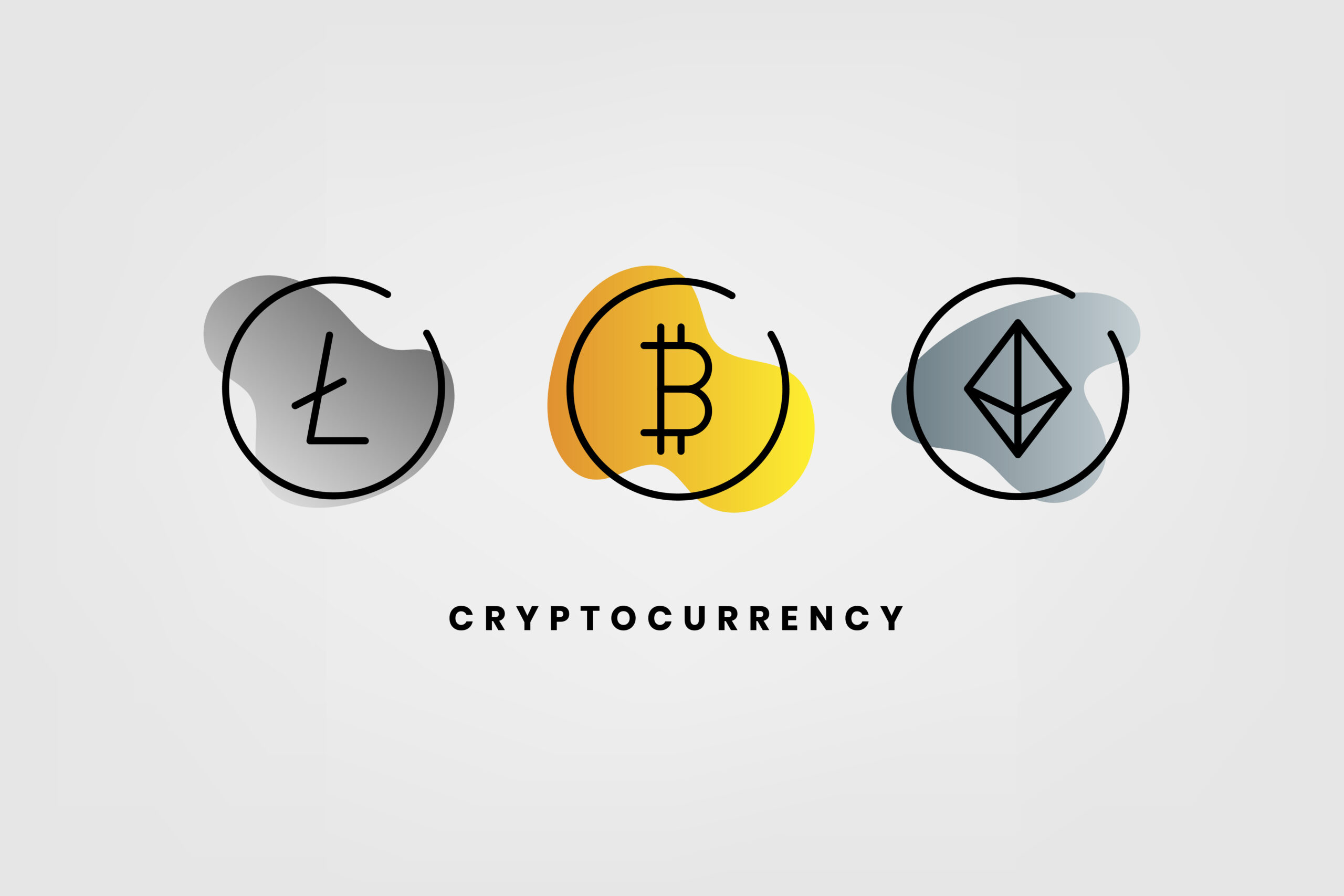
Tether (USDT) has revolutionized the cryptocurrency landscape by bringing stability to an inherently volatile market. As the bridge between traditional finance and the decentralized world, this stablecoin has become an essential component of the crypto ecosystem, processing billions in daily volume and supporting millions of users worldwide.
This comprehensive guide explores Tether’s mechanics, historical development, and pivotal role in modern cryptocurrency markets—examining its technical infrastructure, market dominance, practical applications, and the controversies that have shaped it. Whether you’re a trader, investor, or crypto enthusiast, this guide provides the essential knowledge to understand this critical piece of cryptocurrency infrastructure with confidence.
Key Takeaways
- Tether (USDT) is a stablecoin pegged to the US dollar, maintaining a 1:1 value ratio to provide stability in the volatile crypto market.
- As the largest stablecoin with over 350 million users worldwide, Tether has surpassed Bitcoin in trading volume since 2019.
- USDT operates across multiple blockchains including Ethereum, Tron, and Solana, giving users flexibility based on fee preferences and speed requirements.
- Tether serves as the primary trading pair on most exchanges, allowing traders to quickly move between cryptocurrencies without converting to fiat.
- Despite controversies regarding reserve transparency and regulatory challenges, Tether continues to dominate the stablecoin market with approximately 70% market share.
- MEXC offers a seamless Tether trading experience with support for multiple USDT networks, competitive fees, and straightforward deposit processes.
Table of Contents
What is Tether (USDT)?
Tether (USDT) is a cryptocurrency that belongs to a category known as stablecoins. Unlike Bitcoin or Ethereum, which experience significant price volatility, Tether is designed to maintain a stable value by pegging its price to traditional fiat currencies, primarily the US dollar. This means that one USDT is designed to always be worth approximately one US dollar, providing stability in the often turbulent cryptocurrency market.
As of 2024, Tether has become the third-largest cryptocurrency by market capitalization and the largest stablecoin in the market. With over 350 million users worldwide, Tether has established itself as a dominant force in the cryptocurrency ecosystem, surpassing even Bitcoin in trading volume since 2019.
When Was The First Tether (USDT) Token Issued? History and Development of Tether
Tether was originally launched as “Realcoin” in July 2014 by co-founders Brock Pierce, Reeve Collins, and Craig Sellars. The first Tether tokens were issued on October 6, 2014, on the Bitcoin blockchain. By November 2014, the project was rebranded as “Tether” under the leadership of CEO Reeve Collins.
The company behind Tether, Tether Limited, is owned by iFinex, which also operates the cryptocurrency exchange Bitfinex. Tether Holdings Limited is incorporated in the British Virgin Islands, with offices reportedly in Switzerland and other jurisdictions. The company’s growth has been remarkable – from just $10 million worth of tokens in circulation in early 2017 to over $114 billion by 2024.
In recent years, Tether has expanded beyond its original USD-pegged token to include stablecoins backed by other currencies, including the euro (EUR₮), offshore Chinese yuan, and Mexican peso. In 2023, Paolo Ardoino, formerly the Chief Technology Officer of Tether, was promoted to CEO, taking over from Jean-Louis van der Velde.

How Does Tether Works?
Tether operates on a straightforward principle: for every Tether token issued, Tether Limited claims to hold one unit of the corresponding currency in reserve. This creates a 1:1 backing ratio that helps maintain the stable price. The company uses a system called “Proof of Reserves” to demonstrate that all tokens in circulation are fully backed by reserves.
Originally, Tether tokens were issued exclusively on the Bitcoin blockchain via the Omni Layer protocol. However, as the ecosystem has evolved, Tether has expanded to support multiple blockchains, including:
- Ethereum (as an ERC-20 token)
- Tron (as a TRC-20 token)
- Solana
- Avalanche
- Algorand
- Polygon
- And several others
This multi-chain approach gives users flexibility in how they transfer and store their USDT, allowing them to choose networks based on transaction speed, fees, and other preferences. Each blockchain has its own implementation of Tether, but they all represent the same underlying asset – a token backed by one US dollar.
Types of Tether Tokens
While USDT (US Dollar Tether) is the most widely known and used Tether token, the company has expanded its offerings to include several other asset-backed tokens:
- USD Tether (USDT): The original and most widely used Tether token, pegged to the US dollar.
- Euro Tether (EUR₮): A version of Tether pegged to the euro, providing stability in euro terms.
- Tether Gold (XAUT): A token backed by physical gold, with each token representing ownership of one troy fine ounce of physical gold.
- CNH₮: A stablecoin pegged to the offshore Chinese yuan.
- MXN₮: A stablecoin backed by the Mexican peso, launched in 2022 as part of Tether’s expansion into Latin American markets.
These different tokens serve various purposes in the cryptocurrency ecosystem, providing stability in different currencies and assets while maintaining the benefits of blockchain technology, such as fast transfers and programmability.

Tether Dominance | Tether’s Role in the Cryptocurrency Ecosystem
Tether has become a crucial component of the cryptocurrency ecosystem, serving multiple important functions:
- Trading Pair: USDT is used as a trading pair on virtually all major cryptocurrency exchanges. Rather than creating trading pairs with fiat currencies (which involves complex regulatory requirements), many exchanges use USDT pairs, allowing traders to effectively trade against the dollar.
- Safe Haven: During periods of high volatility, cryptocurrency traders often convert their holdings to USDT as a way to preserve value without exiting the crypto ecosystem entirely. This allows traders to quickly re-enter the market when conditions improve.
- Bridge Between Traditional Finance and Crypto: Tether serves as a bridge between the traditional financial system and cryptocurrencies, making it easier for users to move value between these two worlds without direct bank transfers for each transaction.
- Liquidity Provider: As the most traded cryptocurrency by volume, Tether provides significant liquidity to the crypto market, facilitating smoother trading and price discovery.
- Medium of Exchange: In regions with unstable local currencies or limited banking access, Tether can function as a dollar-equivalent medium of exchange, enabling international transactions outside the traditional banking system.
With a market share of approximately 70% among stablecoins, Tether’s dominance in this sector underscores its importance to the overall cryptocurrency market functioning.
Tether Wallets and Storage
Storing Tether securely is an important consideration for users. Since USDT exists on multiple blockchains, the wallet you choose should support the specific version of Tether you’re using. Here are the main types of wallets for storing Tether:
- Hardware Wallets: Devices like Ledger and Trezor provide the highest level of security by storing your private keys offline. These are recommended for holding larger amounts of USDT for extended periods.
- Software Wallets: These include desktop and mobile applications that can be custodial (where the service manages your keys) or non-custodial (where you control your private keys). Popular options include Trust Wallet, MetaMask (for ERC-20 USDT), and Exodus.
- Exchange Wallets: Cryptocurrency exchanges like MEXC offer built-in wallets where you can store USDT. While convenient for trading, they involve trusting the exchange with custody of your funds.
- Web Wallets: Platforms like Tether.to (Tether’s official wallet) and Omni Wallet allow you to access your USDT through a web browser.
When selecting a wallet, consider factors like the blockchain network your USDT is on (ERC-20, TRC-20, etc.), security features, ease of use, and whether you need frequent access for trading or just secure storage.

How to Buy and Use Tether on MEXC?
If you’re looking to purchase or deposit Tether (USDT) on MEXC exchange, here’s a comprehensive guide to the process:
Web Platform Deposit Process:
- Login to MEXC: Visit the official MEXC website (www.mexc.com) and click on “Assets” and then “Deposit” in the navigation menu.
- Select Tether and Network: On the deposit page, select “USDT” as your cryptocurrency. Then choose the appropriate network for your deposit (such as ERC-20, TRC-20, or SOL). It’s crucial to ensure that the network you select matches the network from which you’re sending the funds.
- Generate Address: If you haven’t generated a deposit address before, click “Generate Address” to create a new address for the selected network.
- Complete the Deposit: Copy the provided address or scan the QR code. Use this address on the platform you’re sending from to initiate the withdrawal to your MEXC account.
- Wait for Confirmation: After initiating the deposit, your USDT will require blockchain confirmations. Once confirmed, the funds will appear in your Spot account on MEXC.
Mobile App Deposit Process:
- Open the MEXC App: Launch the app and navigate to “Assets” > “Spot” > “Deposit”.
- Select USDT: Search for and select “USDT” from the list of cryptocurrencies.
- Choose Network: Select your preferred network (e.g., SOL, TRC-20, ERC-20). The app will display the deposit address and QR code.
- Complete Transfer: Copy the address or use the QR code to initiate the transfer from your sending platform.
- Check Status: View your deposit history by clicking on the “Records” button in the upper right corner of the deposit interface.
Important Considerations:
- Network Selection: Always ensure the network you choose on MEXC matches the network you’re sending from. Mismatched networks can result in lost funds.
- MEMO Requirements: Some tokens and networks (like EOS) require both an address and a MEMO. When prompted, be sure to fill in both fields correctly.
- Minimum Deposit: Note that some cryptocurrencies have minimum deposit requirements. Deposits below these minimums cannot be credited or returned.
- Confirmation Time: The time required for your deposit to confirm depends on blockchain network traffic and congestion.
By following these steps, you can safely deposit USDT into your MEXC account for trading or other purposes.
Tether Controversies and Challenges
Despite its prominence, Tether has faced significant controversies throughout its history:
- Reserve Questions: The most persistent controversy surrounding Tether concerns its reserves. The company has long claimed that each USDT is backed 1:1 by US dollars or equivalent assets. However, Tether has been criticized for its lack of regular, comprehensive audits to verify these claims. In 2021, Tether revealed that only 2.9% of its reserves were held in cash, with the majority in commercial paper and other assets.
- Legal Issues: In 2019, the New York Attorney General filed a lawsuit against iFinex (Tether’s parent company) alleging that the company had used Tether reserves to cover up $850 million in losses. In February 2021, Tether and Bitfinex settled this case, agreeing to pay $18.5 million in penalties without admitting wrongdoing.
- Market Manipulation Allegations: Academic research has suggested that Tether issuance may have been used to manipulate Bitcoin prices, particularly during the 2017 bull market. Tether has consistently denied these allegations.
- Regulatory Scrutiny: As one of the largest stablecoins, Tether has faced increasing regulatory attention. In October 2021, the U.S. Commodity Futures Trading Commission (CFTC) fined Tether $41 million for making misleading statements about its reserves.
As of 2024, Tether has made efforts to improve transparency by publishing regular attestations about its reserves, though it has not yet delivered the full independent audits it has promised since 2017. The company now reports that most of its reserves are held in US Treasury bills, with smaller allocations to other assets including precious metals, bitcoin, and secured loans.

Is Tether a Good Investment? Benefits and Limitations of Tether
Benefits of Tether:
- Price Stability: The primary advantage of Tether is its price stability relative to other cryptocurrencies, making it useful as a store of value and medium of exchange.
- Trading Utility: USDT allows traders to quickly move between volatile cryptocurrencies and a stable asset without converting back to fiat currency, saving time and potentially reducing fees.
- Global Accessibility: Unlike traditional banking, Tether can be accessed and transferred globally without geographic restrictions, often with lower fees than international wire transfers.
- Blockchain Advantages: While maintaining a stable value, Tether still benefits from blockchain technology features like transparency, programmability, and resistance to censorship.
- Transaction Speed: Compared to traditional bank transfers, Tether transactions can be much faster, especially when using networks like Tron or Solana.
Limitations and Risks:
- Centralization: Unlike Bitcoin or Ethereum, Tether is centralized, with Tether Limited acting as the sole issuer and redeemer of tokens.
- Counterparty Risk: Users must trust Tether Limited to maintain adequate reserves and honor redemptions, introducing counterparty risk not present in truly decentralized cryptocurrencies.
- Regulatory Uncertainty: As governments develop regulations for stablecoins, Tether may face new compliance requirements or restrictions that could impact its operation.
- Competition: Other stablecoins like USD Coin (USDC) and Binance USD (BUSD) compete with Tether, often with more transparent reserve attestations or different regulatory approaches.
- Network Fees: Depending on the blockchain used, Tether transactions may incur varying network fees, particularly on the Ethereum network during periods of congestion.
Whether Tether is suitable for a particular use case depends on individual needs and risk tolerance. While it’s not typically seen as an “investment” due to its stable price, it serves important functional roles in the cryptocurrency ecosystem.

Future of Tether
The future of Tether is likely to be shaped by several ongoing developments:
- Expanding Ecosystem: Tether continues to expand beyond its original role as a USD-pegged stablecoin. In 2024, the company restructured into four divisions focusing on artificial intelligence, bitcoin mining, education, and stablecoins, indicating a broadening strategic vision.
- Investments and Acquisitions: Tether has been actively investing its profits in various sectors. In 2024, it invested $200 million in Blackrock Neutro, a brain-chip company, and acquired stakes in bitcoin mining operations, including a $100 million investment in Bitdeer. The company also made a significant $775 million investment in Rumble, a video hosting platform.
- Regulatory Adaptation: As regulatory frameworks for stablecoins continue to develop globally, Tether will need to adapt its operations to comply with new requirements while maintaining its core functionality.
- Technological Improvements: Tether may continue to expand to additional blockchains and layer-2 solutions to improve scalability, reduce transaction costs, and enhance user experience.
- Reserve Transparency: In response to ongoing scrutiny, Tether may implement more robust transparency and audit procedures to build greater trust in its reserve backing.
- Market Competition: The stablecoin market is becoming increasingly competitive, with USDC, BUSD, and new entrants potentially challenging Tether’s dominant position. How Tether responds to this competition will be crucial for its future market share.
While price predictions for Tether are less relevant than for other cryptocurrencies due to its design as a stablecoin pegged to the dollar, its continued adoption and utility in the crypto ecosystem suggest it will remain a significant player in the market for the foreseeable future.
Conclusion
Tether (USDT) stands as the cryptocurrency market’s leading stablecoin, offering essential price stability in a volatile landscape. As the gateway between traditional finance and crypto, USDT provides traders with a reliable medium of exchange and temporary store of value. For those looking to experience Tether’s benefits firsthand, MEXC offers a seamless trading experience with support for multiple USDT networks, competitive fees, and robust security measures. Ready to start trading Tether? Create an account on MEXC today and join millions of users already benefiting from this essential stablecoin in their crypto journey.
Join MEXC and Get up to $10,000 Bonus!
Sign Up


